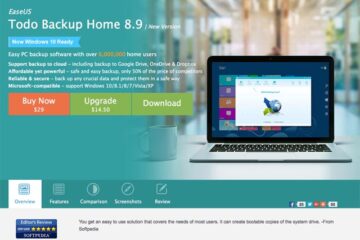You’ve probably run into television and internet ads announcing an easy DIY approach toward building a website. Their sales pitch alludes to speed, simplicity, and low cost as the primary reasons you should use their service. This is often compared to the longer and pricier custom website development process.
So successful have template-based DIY website proponents been that customers are increasingly questioning their web design contractors on why they cannot deliver in a similarly short time. The following are the key reasons custom websites take longer.
1. There’s No Template
The principal difference between using a DIY platform for web design versus contracting a website design company for a custom build is that the former heavily relies on templates. Template-built websites may be a feasible option for start-ups, individuals, and small businesses that don’t have the capital to spend on an elaborate site.
However, for more established businesses, a custom website helps create a distinctive, credible, and polished web presence. The business can dictate the entire spectrum of the functionality and design to ensure consistency with branding and sales objectives. The design company can produce a site that has the capabilities and features necessary to attract persuade and convert prospects.
2.Requires Research
Whereas both a bank and a pharmaceutical company share the ultimate goal of making a profit, the nature of their businesses means they won’t necessarily use the same path to get there. These differences spill over to the nature of each business’s website itself. As such, a professional web design agency will take the time to understand the business, explore the competitive landscape, and determine what elements are needed.
The client’s brief and list of requirements provides the basis for commencing work but won’t always be sufficient. Research ensures the web designer can establish things the client may have accidentally left out of their brief or those the client presumes the designer should know.
3. Needs Coding
There’s hardly any coding needed when building a website from pre-designed templates. It’s often a matter of picking and dropping elements which is why it’s so easy for non-technical persons to do so. Nevertheless, you get what you pay for. While the absence of coding means the site can go live quickly, it will be just another website providing basic functionality.
A good site needs a significant amount of web programming to ensure good load times and faster image rendering without compromising the primary purpose of the page. This will provide visitors with a smooth experience that’ll encourage them to return.
4. Creating Content
In the past, website design was distinguished from content creation. Often, the two tasks were assigned to different contractors. With many web design companies now a one-stop-shop and in recognition that design and content are interdependent, clients are entrusting the content aspect to design companies too.
Yet, content is more than just putting together nicely-flowing words. Creating content can take as long as the technical design itself. Great content means first developing an overarching strategy that will drive the crafting of compelling page copy thus connecting with visitors. High-quality content needs time to think-through, draft, write, proofread, publish, and format.
5. Search Engine Optimization
Ideally, a search engine optimization (SEO) strategy should be crafted before the website is even designed and built. SEO will have an impact on the design elements, content, structure, and labeling. SEO is how your website will be visible to search engines and thus be easier reached by your target audience.
While many website template services claim to have built-in SEO features, these features are too general to capture the specific requirements of different clients across a diverse range of sectors. SEO for a custom-built site may take longer but is far more effective.
Whereas web design has been simplified over the years allowing almost anyone to build a site on their own, and effectively designed website is one that’s thoughtful and deliberate. Using templates that don’t do much except changing colors and dropping images is unlikely to achieve the desired results for firms serious about converting visitors.













